Year 6
The English curriculum is built around the three interrelated strands of language, literature and literacy. Teaching and learning programs should balance and integrate all three strands. Together, the strands focus on developing students' knowledge, understanding and skills in listening, reading, viewing, speaking, writing and creating. Learning in English builds on concepts, skills and processes developed in earlier years, and teachers will revisit and strengthen these as needed.
In Years 5 and 6, students communicate with peers and teachers from other classes and schools, community members, and individuals and groups, in a range of face-to-face and online/virtual environments.
Students engage with a variety of texts for enjoyment. They listen to, read, view, interpret and evaluate spoken, written and multimodal texts in which the primary purpose is aesthetic, as well as texts designed to inform and persuade. These include various types of media texts including newspapers, film and digital texts, junior and early adolescent novels, poetry, non-fiction and dramatic performances. Students develop their understanding of how texts, including media texts, are influenced by context, purpose and audience.
The range of literary texts for Foundation to Year 10 comprises Australian literature, including the oral narrative traditions of Aboriginal and Torres Strait Islander Peoples, as well as the contemporary literature of these two cultural groups, and classic and contemporary world literature, including texts from and about Asia.
Literary texts that support and extend students in Years 5 and 6 as independent readers describe complex sequences, a range of non-stereotypical characters and elaborated events including flashbacks and shifts in time. These texts explore themes of interpersonal relationships and ethical dilemmas within real-world and fantasy settings. Informative texts supply technical and content information about a wide range of topics of interest as well as topics being studied in other areas of the curriculum. Text structures include chapters, headings and subheadings, tables of contents, indexes and glossaries. Language features include complex sentences, unfamiliar technical vocabulary, figurative language, and information presented in various types of graphics.
Students create a range of imaginative, informative and persuasive types of texts such as narratives, procedures, performances, reports, reviews, explanations and discussions.
(source: www.australiancurriculum.edu.au)
Achievement Standard
Receptive modes (listening, reading and viewing)
By the end of Year 6, students understand how the use of text structures can achieve particular effects. They analyse and explain how language features, images and vocabulary are used by different authors to represent ideas, characters and events.
Students compare and analyse information in different and complex texts, explaining literal and implied meaning. They select and use evidence from a text to explain their response to it. They listen to discussions, clarifying content and challenging others' ideas.
Productive modes (speaking, writing and creating)
Students understand how language features and language patterns can be used for emphasis. They show how specific details can be used to support a point of view. They explain how their choices of language features and images are used.
Students create detailed texts elaborating on key ideas for a range of purposes and audiences. They make presentations and contribute actively to class and group discussions, using a variety of strategies for effect. They demonstrate an understanding of grammar, and make considered vocabulary choices to enhance cohesion and structure in their writing. They use accurate spelling and punctuation for clarity and make and explain editorial choices based on criteria.
(source: www.australiancurriculum.edu.au)
- Plus Plan
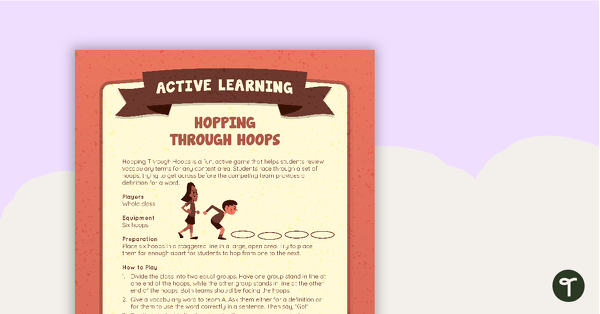
Hopping Through Hoops Active Game
An active game that allows students to review vocabulary words for any content area.
- Plus Plan
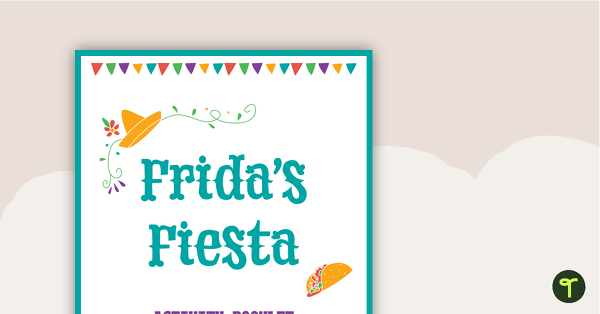
Frida's Fiesta: Layout Confusion – Projects
A project where students apply their measurement and fraction knowledge to determine where furniture goes in a restaurant.
- Plus Plan
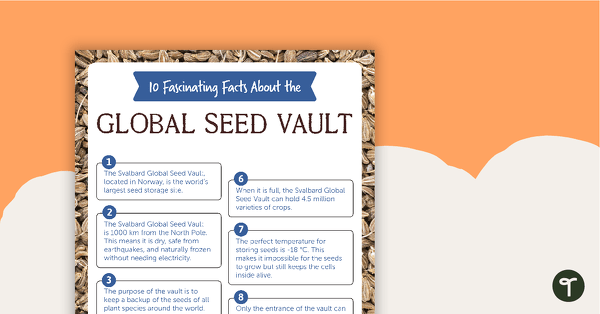
10 Fascinating Facts Worksheet – The Global Seed Vault
A comprehension worksheet for a magazine article about the global seed vault.
- Plus Plan
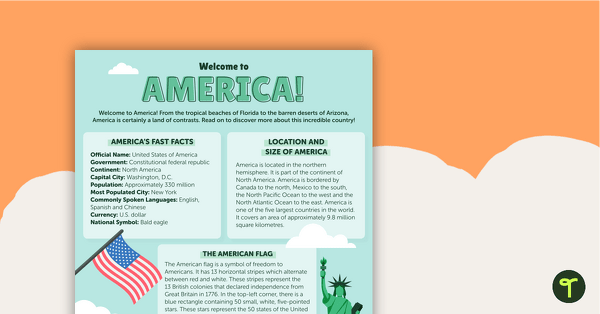
Welcome to America! – Worksheet
A comprehension worksheet for a country profile from the Year 5 magazine (Issue 2).
- Plus Plan
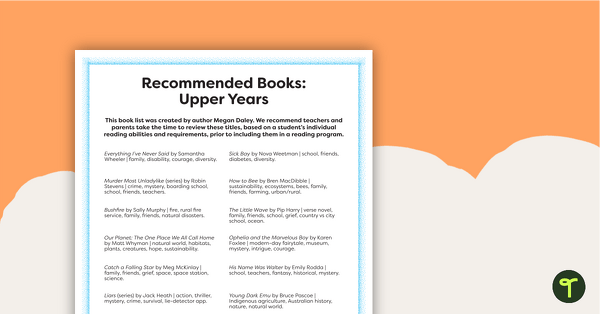
Recommended Books: Upper Years
A list of recommended books for upper years created in collaboration with award-winning teacher librarian Megan Daley.
- Plus Plan
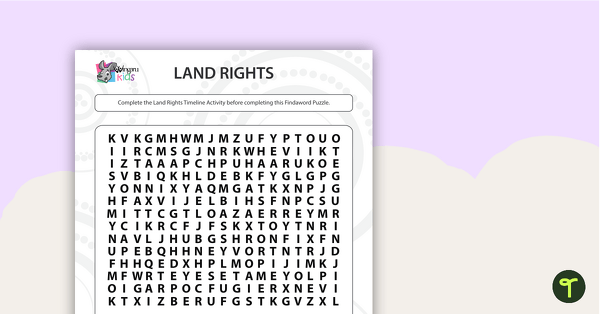
Land Rights Word Search - Upper Primary
A printable Land Rights Word Search worksheet for your upper primary school students to complete.
- Plus Plan
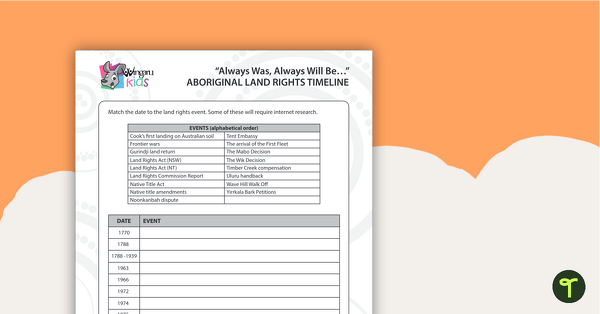
Land Rights Timeline Worksheet
A printable Land Rights Timeline worksheet for your students to complete in your classroom.
- Plus Plan
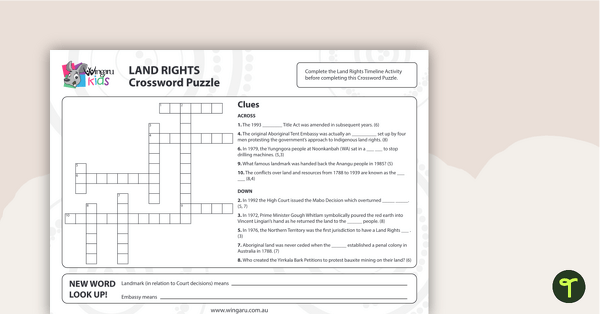
Land Rights Crossword
A printable Land Rights Crossword worksheet for your students to complete in your classroom.
- Plus Plan
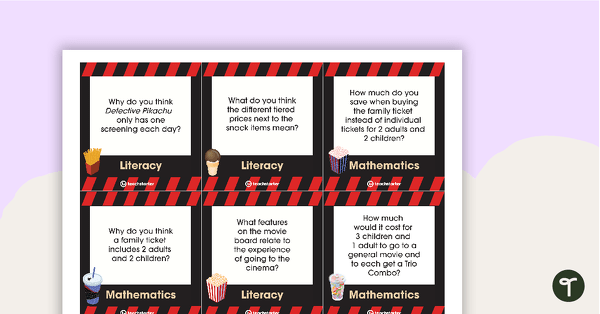
Colossal Cinemas – Task Cards
54 activity task cards based on the Colossal Cinemas stimulus poster.
- Plus Plan
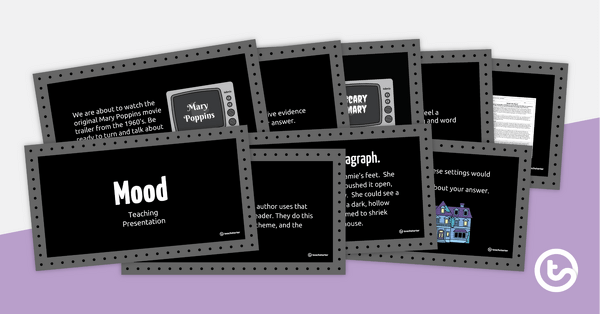
Literary Mood – Teaching Presentation
An editable PowerPoint presentation to use when teaching mood.
- Plus Plan
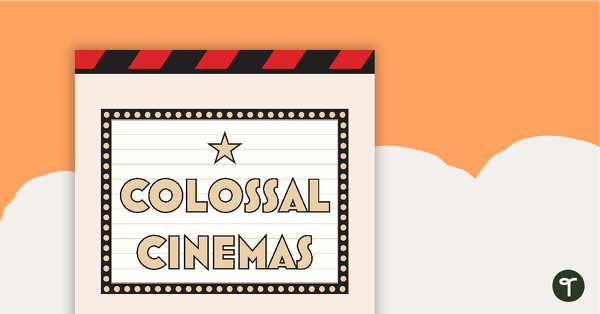
Colossal Cinemas: Movie of the Times – Project
An inquiry project in which students compare and contrast movies from today with those from a chosen decade.
- Plus Plan
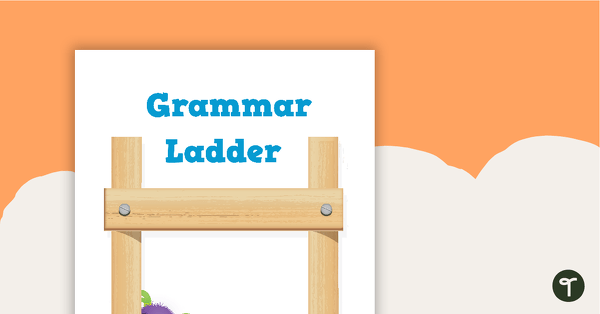
Grammar Tracking Chart – Monster Theme
A classroom display that allows students to see their progress towards using correct grammar and punctuation in their sentences.
- Plus Plan
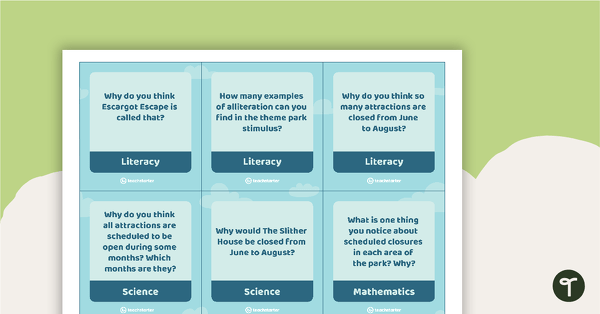
Five Wonders Theme Park Stimulus – Task Cards
103 activity task cards based on the Five Wonders Theme Park stimulus posters.
- Plus Plan
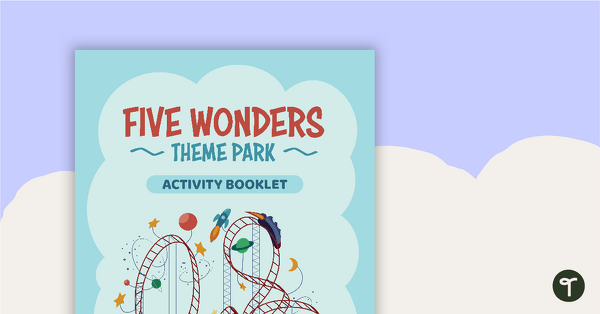
Five Wonders Theme Park: Replace and Upgrade – Project
A project where students get to decide on a new ride they can design to put into Five Wonders Theme Park.
- Plus Plan
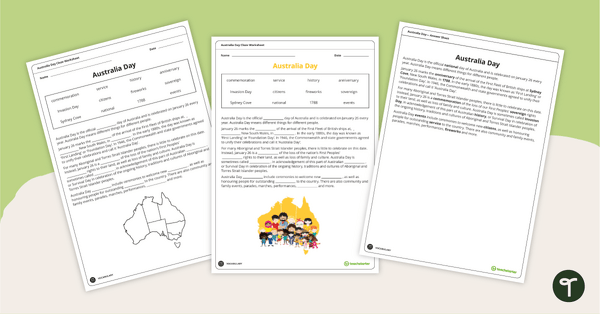
Australia Day Cloze Worksheet
A cloze activity based on information about Australia Day.
- Plus Plan
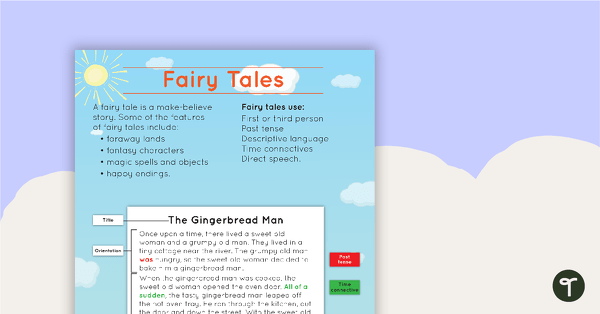
Fairy Tales Text Type Poster With Annotations
A poster about fairy tales, including an annotated example.
- Plus Plan
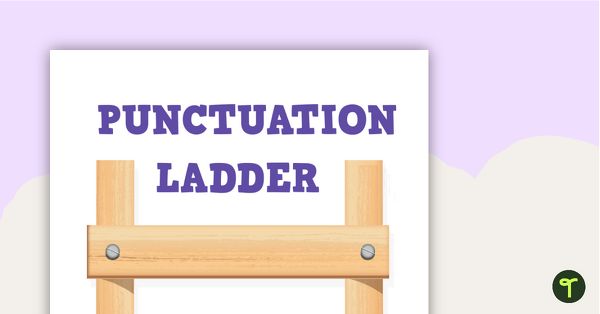
Punctuation Tracking Chart – Monster Theme
A classroom display that allows students to see their progress towards using correct grammar and punctuation in their sentences.
- Plus Plan
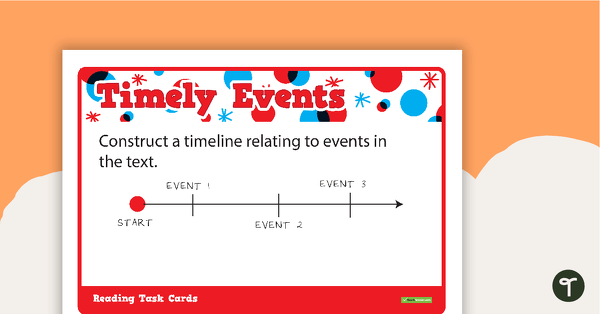
Reading Task Cards
Over 40 reading task cards.
- Plus Plan
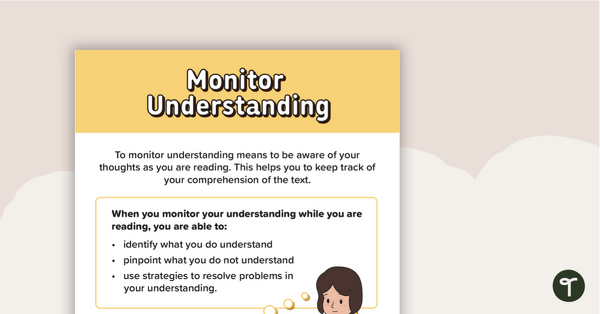
Monitor Understanding Poster
A poster highlighting how to monitor understanding when reading a piece of text.
- Plus Plan
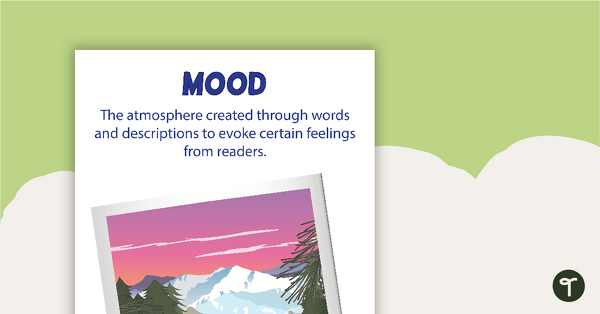
Mood - Literary Element Poster
A poster with a description and example of mood, a literary element.
- Plus Plan
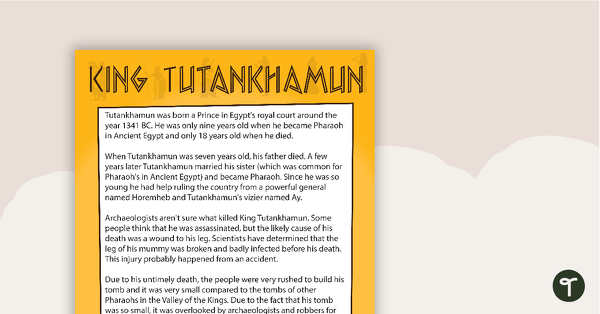
Comprehension - King Tutankhamun
A comprehension activity about King Tutankhamun.
- Plus Plan
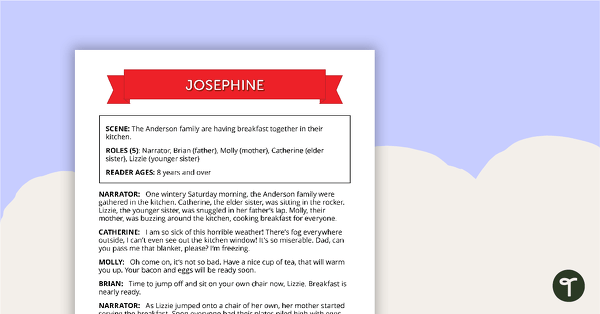
Comprehension - Josephine
A fun script and set of questions to help students develop reading and comprehension strategies.
- Plus Plan
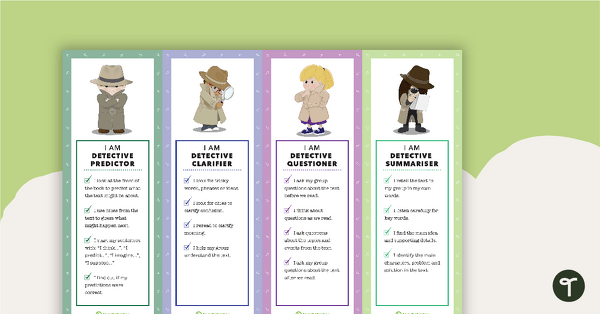
Reading Detectives Bookmarks
8 colourful reading detective bookmarks to use during guided reading sessions in the classroom.
- Plus Plan
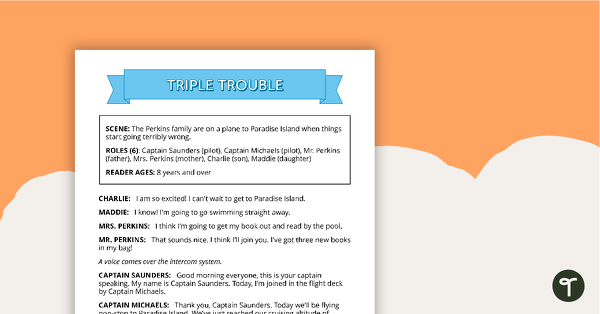
Comprehension - Triple Trouble
A fun script and set of questions to help students develop reading and comprehension strategies.
- Plus Plan
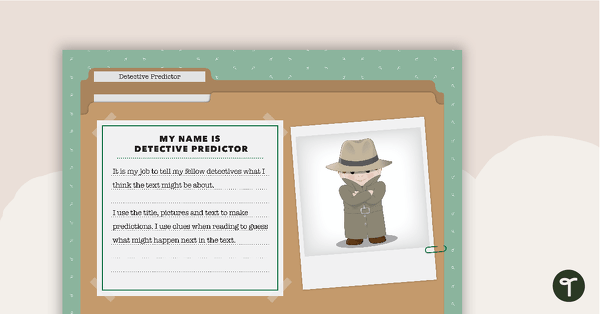
Reading Detectives Posters and Banner
8 colourful reading detective posters and a banner to display in the classroom.
- Plus Plan
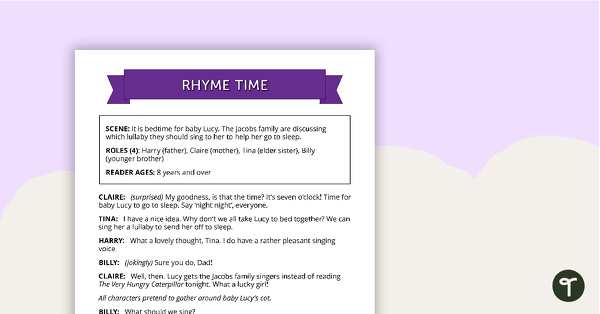
Comprehension - Rhyme Time
A fun script and set of questions to help students develop reading and comprehension strategies.
- Plus Plan
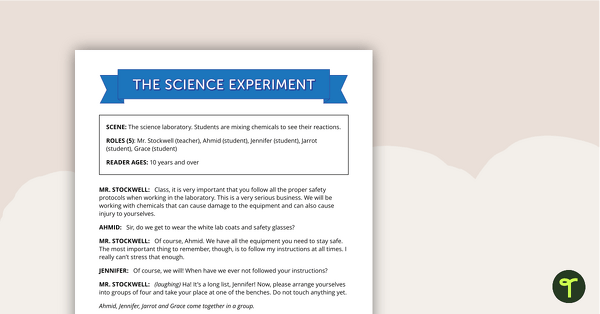
Comprehension - Science Experiment
A fun script and set of questions to help students develop reading and comprehension strategies.
- Plus Plan
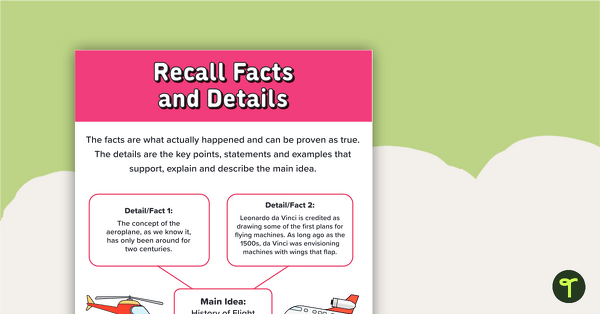
Recall Facts and Details Poster
A poster highlighting how to recall facts and details when reading a piece of text.
- Plus Plan
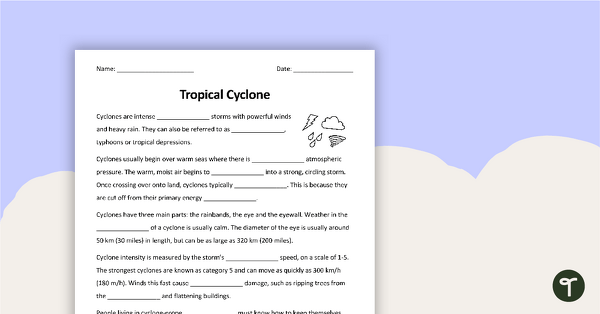
Tropical Cyclone Cloze Worksheet
A cloze worksheet about tropical cyclones.
- Plus Plan
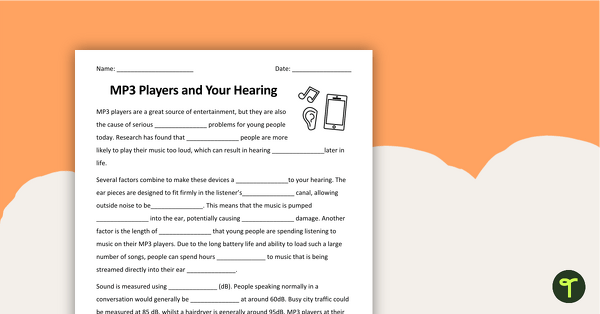
MP3 Players and Your Hearing Cloze Worksheet
A cloze worksheet about MP3 players and hearing.
- Plus Plan
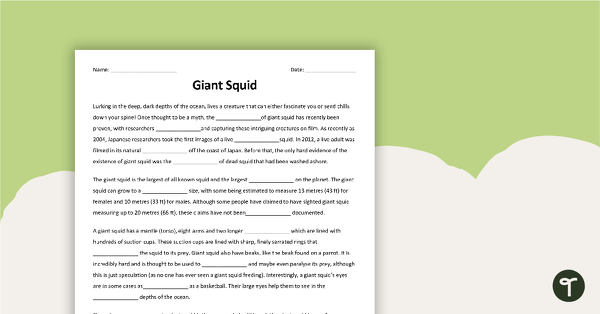
Giant Squid Cloze Worksheet
A cloze worksheet about the giant squid.
- Plus Plan
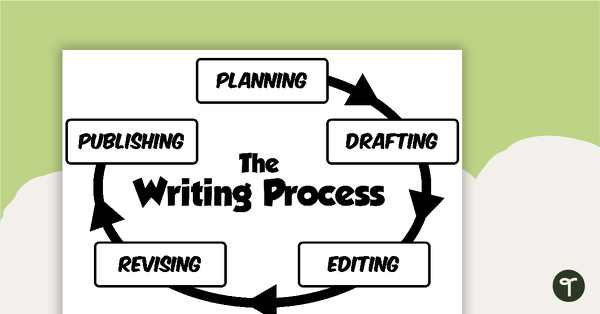
The Writing Process - BW
A simple poster outlining the writing process.